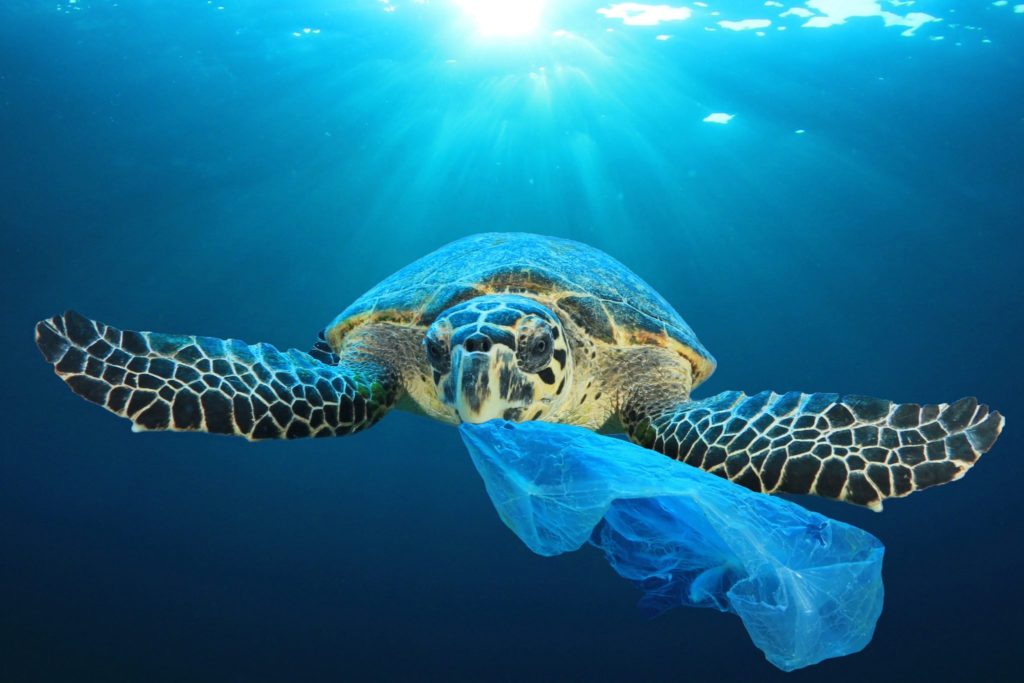
UNC-Chapel Hill biologist Kenneth J. Lohmann said of the findings, “This finding is important because it’s the first demonstration that the odor of ocean plastics causes animals to eat them. It’s common to find loggerhead turtles with their digestive systems fully or partially blocked because they’ve eaten plastic materials.”
Plastic that has been in the ocean and is soaked with ocean smells is attractive to turtles. “Biofouled” plastic, or plastic that accumulates plants, small animals, microbes or algae, looks and smells like food to turtles. Scientists estimate that half of the world’s turtles and almost every seabird has ingested plastic.
According to Joseph Pfaller, research director of Caretta Research Project and co-author of the study, “The plastic problem in the ocean is more complex than plastic bags that look like jellyfish or the errant straw stuck in a turtle’s nose. These are important and troubling pieces to the puzzle, and all plastics pose dangers to turtles.”
Young turtles that swim in currents are especially vulnerable to plastic. But any turtle that ingests plastic is at risk because plastic blocks its digestive tract and guts and limits food absorption and digestion.
Article Credit: onegreenplanet
